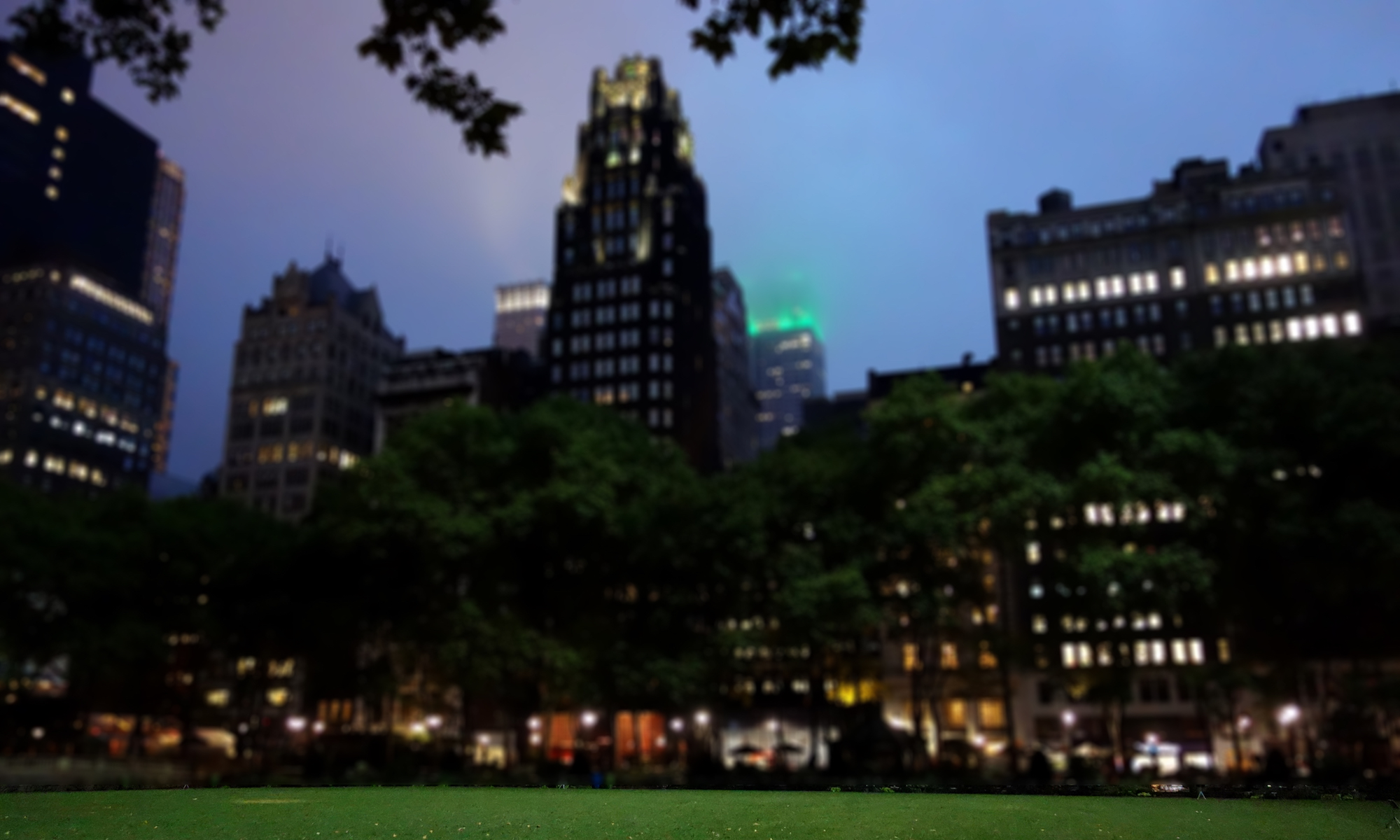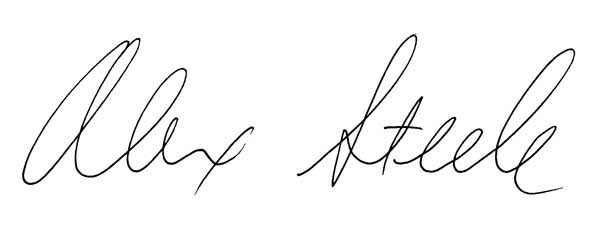
Forbes magazine recently published its list of the 15 best opening lines in fiction, and I’m a sucker for these lists. I read them all. I text them to friends. I should probably be more discerning. But I’m not.
And yet. This one irked me. All 15 were the same openers everyone has named for the last, like, 40 years: Jane Austen’s Pride and Prejudice. Kafka’s The Metamorphosis. Toni Morrison’s Paradise. (Usually, these lists choose the first line from Morrison’s Beloved, so this one did mix it up.Sort of.)
It’s not that I disagree. Gabriel García Márquez nailed it with his opening to One Hundred Years of Solitude. It’s just—there’ve been more recent great first lines, too. Poets & Writers magazine even features a sampling every issue in its Page One column. This month, they included the first line from Hala Alyan’s memoir I’ll Tell You When I’m Home: “I dreamt of a lyrebird once, before I knew it existed.”
But also, Gotham teacher Dalia Pagani recently made me more aware that the literary community tends to over-emphasize what she calls the Big Hook Opening. These are what my journalism colleagues would call grabber ledes. Something heart-stopping and dramatic, rendered in a vivid, preferably short sentence.
Most of the choices on the Forbes list would qualify as Big Hook Openings. As would some of the nonfiction perennial favorites, like Cheryl Strayed’s grabber lede to her essay “The Love of My Life:” The first time I cheated on my husband, my mother had been dead for exactly one week.”
The Big Hook Opening is terrific when you’re writing about death and adultery, or people turning into insects overnight as they sleep.
Dalia’s point, though, is that it’s hard for a story to live up to the promise of the Big Hook Opening. And more importantly, not every story is meant to. Some stories are about two friends out for a walk. A woman misses her dead mom and feeds apelican.
In “Fortunate Sons,” a recent story by Gotham teacher Cleve Lamison, a father and son walk to the roof of their apartment building. Something dramatic does happen, eventually, but mostly, it’s a father-son story. And it starts like one: “By the time we reached the 11th floor, my chest heaved like I was a drowning man chasing the surface.” A middle-aged man, regretting that he didn’t exercise more. His son teasing him for being out of shape.
If it sounds like so many conversations you’ve overheard in the farmer’s market or the subway, well, that’s probably intentional. Cleve’s story is a family story. It’s also about what happens when the father and son get to the roof. And why they’re taking the stairs. So starting in the stairwell, at the 11th floor, with a family moment, is the right approach, in the right place. It works.
In her essay “The Heart Is a Torn Muscle,” here’s Randon Billings Noble’s lede:
Overview
Your heart was already full, but then you saw him and your heart
beat code, not Morse but a more insistent pulse. Oh yes.That’s him.
That one.
“Overview” indicates this is a hermit crab essay mimicking a Web M.D. entry. Then, the first sentence mimics a racing heart; the last three sentences mimic a regular heartbeat. Read it aloud. You’ll hear it. It’s the right lede, for that story.
Listen, Dalia and I aren’t coming out against Grabber Ledes/Big Hook Openings. I love that lede of Cheryl Strayed’s. I would never suggest Kafka open Metamorphosis in any other way.
I’m just saying, don’t reach for the Big Drama, if it doesn’t suit your story. Not every story should open the same. And you’re not the same as any other writer. When the right lede comes along, be open to it.

Kelly Caldwell
Dean of Faculty






